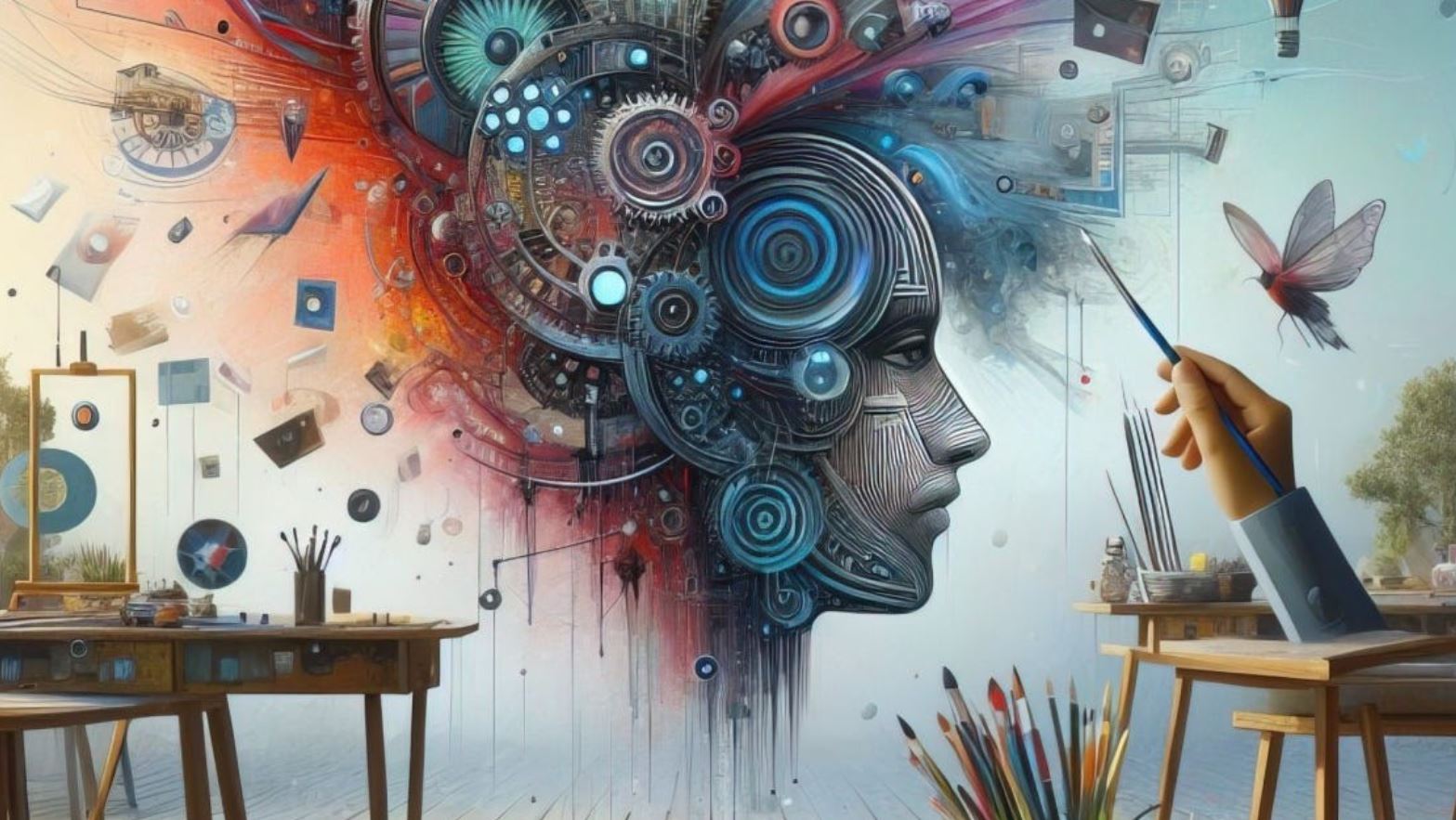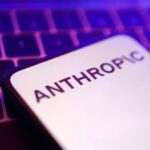 You’ve probably seen the buzz on social media where AI-generated art is taking a swing at mimicking the beloved Studio Ghibli style. This trend has sparked some heated debates around artistic theft and intellectual property. While some folks are thrilled by the novelty, many artists are sounding the alarm, worried about what they see as a massive art heist. They argue that these AI-generated pieces infringe on their unique styles. Studio Ghibli’s animation, with its distinct hand-crafted visuals, represents decades of creativity and skill. Now, AI’s ability to replicate and transform this art without permission is raising serious concerns.
You’ve probably seen the buzz on social media where AI-generated art is taking a swing at mimicking the beloved Studio Ghibli style. This trend has sparked some heated debates around artistic theft and intellectual property. While some folks are thrilled by the novelty, many artists are sounding the alarm, worried about what they see as a massive art heist. They argue that these AI-generated pieces infringe on their unique styles. Studio Ghibli’s animation, with its distinct hand-crafted visuals, represents decades of creativity and skill. Now, AI’s ability to replicate and transform this art without permission is raising serious concerns.
Robert Scoble, who co-authored “The Infinite Retina,” brings up an interesting point. He questions whether AI’s content generation is truly innovative or if it’s crossing a line. “We’re entering uncharted territory,” he says, emphasizing the need for clarity and proper credit for creators.
Throughout history, technological advancements have often borrowed from creative works. Photography, for instance, democratized art but leaned heavily on techniques from pioneers like Ansel Adams. Similarly, large language models create text by learning from many authors without direct compensation.
Blockchain technology might just offer a way out of this ethical maze. By tokenizing artwork, blockchain can provide a transparent and unchangeable record of ownership and authorship. This digital ledger could be a game-changer for protecting artists’ rights, turning each piece into a verifiable asset.
Take projects like CrowdGenAI, where I’m an advisor. We use blockchain to fight piracy by employing cryptographic watermarking, ensuring each digital asset carries proof of authenticity. This deters unauthorized distribution.
Smart contracts add another layer of utility to blockchain by automating royalty payments for derivative works. Imagine AI-generated art inspired by Ghibli automatically triggering payments to the original creators. This could foster a cooperative relationship between technology and art.
Sure, integrating blockchain isn’t without its challenges, like standardization and privacy concerns. But its potential to bridge the gap between innovation and integrity is huge. It’s crucial for artists, technologists, and policymakers to engage in dialogue to develop fair regulations.
As we navigate this intersection of technology and creativity, public opinion and regulatory clarity will be key. Ed Newton-Rex, CEO of FairlyTrained, warns of a historic art heist and calls for balanced policies that support innovation while protecting creators.
Ultimately, addressing the tensions between AI advancements and creative rights could turn current conflicts into opportunities for collaboration. Blockchain’s role in ensuring fair compensation and recognition might just turn today’s challenges into a renaissance for digital art.








